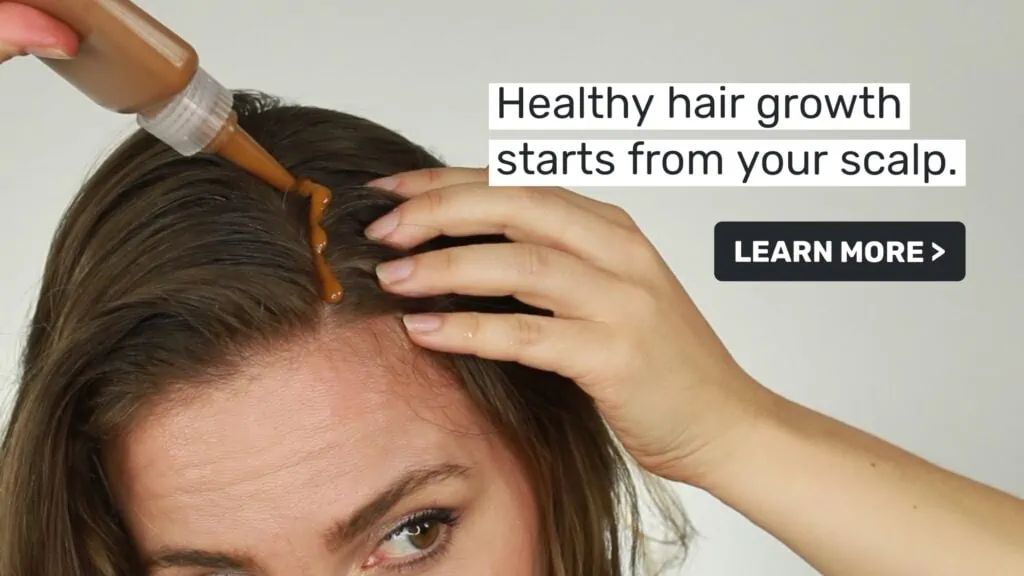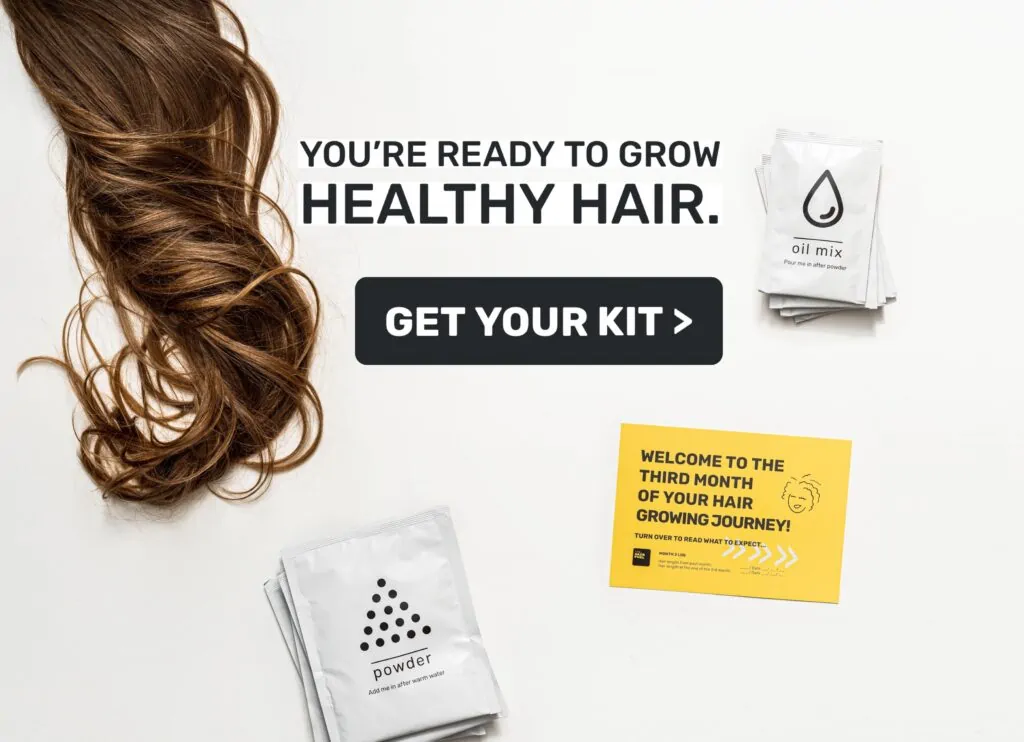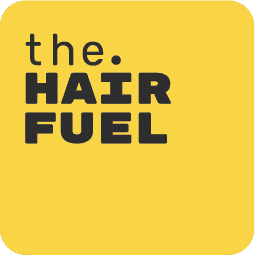As customer becomes more inquisitive about products (and its ingredients) that they put on their hair and skin – alcohols have come under significant scrutiny. Alcohols in hair care divide between “bad” and “good” ones, which is linked to the effects on hair and sebum they produce.
Definition:
In chemistry, alcohol is an organic compound that carries at least one hydroxyl functional group (-OH) bound to a saturated carbon atom.

Bad alcohols & hair acid mantle
“Simple” alcohol means it generally has a smaller, short-chain molecule, which makes it evaporate quickly. These are solvents – so these are able to dissolve non-polar substances such as lipids – or fats naturally present in our skin & hair. Cell membrane will become permeable and allow substances to leak into and out. This quick evaporation and break down process creates a drying effect on skin and hair.

We can’t explain the “badness” of some alcohols without first looking at the acid mantle that wraps itself around your hair strand. It is made up of sebum (natural oils that your scalp produces) that keeps both your scalp and hair moisturized and healthy. The bad news start when this lipid / fatty layer gets disrupted and unbalanced, which can cause a slew of issues, including dry and brittle hair leading to breakage and dull appearance. As you might have guessed, “bad” alcohol destroys acid mantle. Taking care of your hair’s acid mantle becomes especially important if your hair is already chemically treated and thus de-hydrated (e.g. bleached, dyed, chemically straightened or curled).
- Alcohol – an organic compound with at least one -OH (hydroxyl) molecule group
- Alcohol Denat. or SD Alcohol – “denat” stands for “denatured” or “specially denatured” – which means that other ingredients have been added to ethanol to make it taste unpleasant thus rendering it impossible to use in Food & Beverage industry. This means it doesn’t attract certain taxes, but can still be used in cosmetics.
- Ethyl alcohol – same as ethanol, often produced by the fermentation of sugars by fermentation or via petrochemical processes
- Isopropyl alcohol – still on the simpler side of alcohols, with two hydroxyl groups
- Benzyl alcohol – a little different to the other “bad” alcohols. Its chief function in cosmetics is as a preservative, and it’s among the least sensitizing preservatives in use. Yes, it’s a listed allergen with the EU but it’s also a product necessary to keep organic and natural skincare products safe from bacteria.

Good Alcohols
“Good” alcohols are defined as such due to the less harmful effects they produce on your hair and skin. They still contain at least one hydroxyl group, but are long-chain molecules, often used in cosmetics and hair care as emollients. (An “emmolient” is a cosmetic preparation used for protecting, moisturizing, and lubricating the skin. The word “emollient” is derived from the Latin verb “mollire”, to soften.)

Because it has less hydroxyl groups (-OH) per molecule it destroys less sebum present on your hair and acid mantle around it, thus producing less drying effects.
- Cetyl alcohol – The name cetyl derives from the whale oil from which it was first isolated, modern production is derived from palm oil. Used as an opacifier in shampoos, or as an emollient in skin care as well as industrial lubricant
- Myrstyl alcohol – from Myristica fragrans – the nutmeg plant), is a straight-chain saturated fatty alcoho
- Behenyl alcohol – often derived from corn, often used an opacifying agent, behenyl alcohol is used to reduce the clear or transparent appearance of cosmetic products.
- Stearyl alcohol – often has animal origin, due to stearic acid being more abundant in animal fat (up to 30%) than in vegetable fat (typically <5%). Important exception – cocoa butter (34%) and shea butter (28-45%). Commercially, palm and soy may be hydrogenated to convert oleic into stearic acid
Understanding alcohol content in your hair care products
An easy rule of thumb is looking at where the ingredient stands on the list. The earlier the alcohol appears in the ingredients list, the more of it exists in the product formula. If a bad alcohol sits towards the end of the list, its likely concentration in the formula is very low, thus its negative effects are somewhat minimised. It is also important to understand the origin of the good alcohols in your formula – if it is derived from natural, cruelty-free origin.

Avoid “bad” alcohol when it comes to your hair care products, unless it is way down the ingredient list and you don’t mind the drying effects this might produce (or if it is precisely what you are after!).

The “good alcohols” produce moisturising effect and thus not drying your hair as much. It is also important to obtain products that have been tested for safety and stability – so that if the product is all-natural, it has been made in the facility with strict hygiene standards, thus requiring less desinfecting effects and therefore less harsh alcohols in the formulation.
But if your hair tresses need some extra TLC because of the alcohol-laden products you have been using, hair-oiling can be an excellent, natural way to revive it back to life. Take our hair oil quiz to get exact guidance based on your hair texture and the environment you live in.
Who we are:
The Hair Fuel is an all-natural hair growth mask created by Laura Sagen, who lost a third of her hair after a terrible visit to a hairdresser while suffering from a life-long condition of PCOS associated with androgenic hair thinning. She developed the formulation rooted in the science of scalp blood flow, which has become The Hair Fuel growth mask. Since then, her company has helped thousands of people like you to start growing healthy hair.
We work closely with our lab and manufacturers to ensure the highest quality product. But a product alone is never enough – so we hold your hand throughout your own, unique hair growth journey. Our flagship product, The Hair Fuel mask coupled with tailored advice, digital tools, and online support is there to help you grow the best hair you can. It’s a big claim – but we’re unafraid to make it. Check out our starter bundles >>

Sources:
